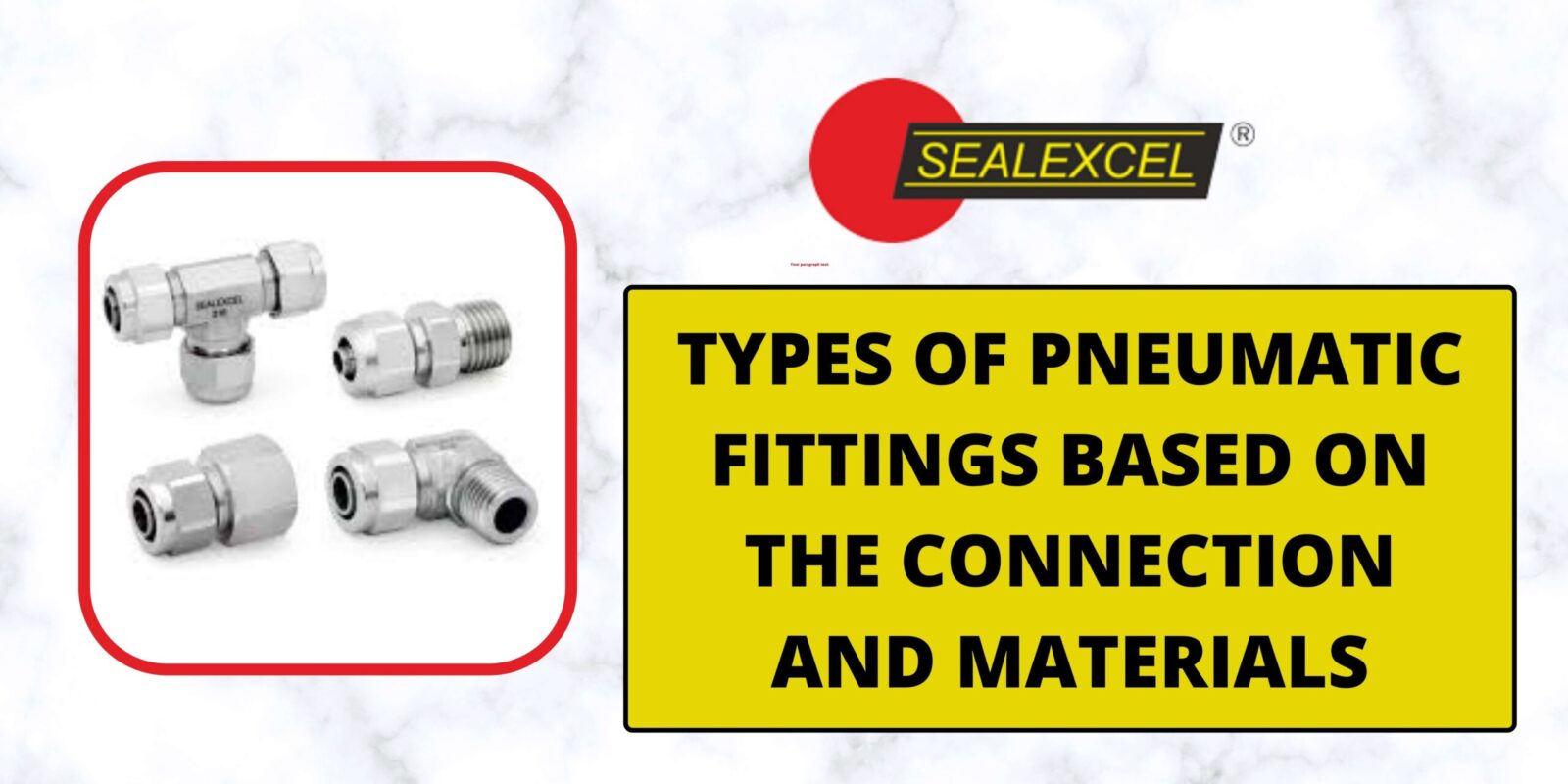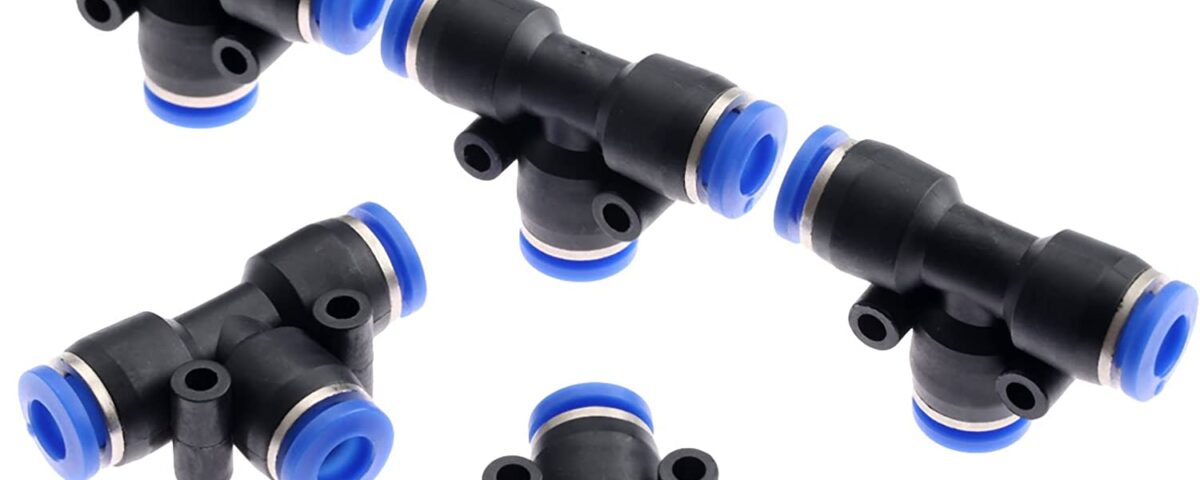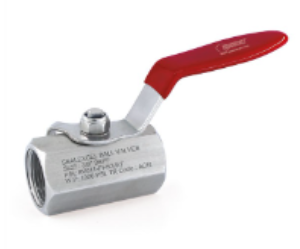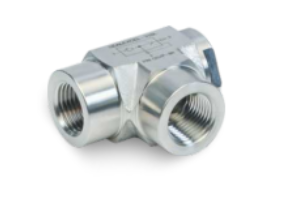
Types of Pneumatic Fittings Based on the Connection and Materials
October 6, 2022
Common Mistakes to Avoid When Installing Pneumatic Pipe Fittings
April 5, 2023Pneumatic pipe fittings are essential components in any pneumatic system, and they play a critical role in ensuring that the system runs smoothly and efficiently. These fittings are used to connect various pneumatic components, such as cylinders, valves, and air compressors, and they come in various types and sizes to suit different applications. In this blog, we will explore the benefits of these pipe fittings in detail so that you can have a better understanding of how useful these products can be for you.
Quick and easy installation:
One of the primary benefits of pneumatic pipe fittings is their quick and easy installation. They are designed to be simple and straightforward to install, and they require no specialized tools or expertise. This means that anyone can install them, which saves time and money on labor costs.
Versatility:
Another significant advantage of pneumatic pipe fittings is their versatility. They are available in various types, sizes, and materials which means that they can be used in a wide range of pneumatic applications. Additionally, they are compatible with various pneumatic components, such as cylinders, valves, and air compressors which makes them a versatile option for any pneumatic system.
Leak-proof connections:
Pneumatic pipe fittings provide a reliable and leak-proof connection between different pneumatic components. They are designed to create a tight seal between the tube and the fitting, which prevents air leakage and ensures that the system runs efficiently. This is especially important in applications that require precise control of pressure, flow, or direction of airflow.
Easy maintenance:
Pneumatic pipe fittings are easy to maintain, and they can be quickly and easily disconnected for maintenance or repair purposes. This means that if a component needs to be replaced or repaired, the fitting can be removed without having to dismantle the entire system. This saves time and money on maintenance costs and ensures that the system is up and running as soon as possible.
Cost-effective:
Pneumatic pipe fittings are cost-effective, and they are generally less expensive than other types of fittings. This makes them an excellent choice for small or medium-sized businesses that want to save money on equipment and labor costs. Additionally, since they are easy to install and maintain, they can help reduce overall costs associated with pneumatic systems.
Space-saving:
They are space-saving as they take up less space than other types of fittings. This is because they do not require additional space for specialized tools or clamps. This makes them an excellent option for applications with limited space, such as in small machinery or appliances.
Wide range of materials:
These pipe fittings are available in various materials, including brass, stainless steel, and plastic. This means that they can be used in different environments, such as corrosive or high-temperature environments. Additionally, different materials can offer different levels of strength and durability, which makes them an excellent choice for applications with specific requirements.
Reliable and safe:
These products are designed to be reliable and safe, and they are subjected to rigorous testing and quality control procedures while they are being made. This ensures that they can withstand the pressure and stress of pneumatic systems and that they do not pose any safety hazard to workers. This reliability and safety make them an excellent choice for applications that require precise control of pressure, flow, and direction of airflow.
Conclusion:
In conclusion, pneumatic pipe fittings provide numerous benefits to pneumatic systems, including quick and easy installation, versatility, leak-proof connections, easy maintenance, cost-effectiveness, space-saving, a wide range of materials, and reliability & safety. By choosing these pipe fittings, you can ensure that your pneumatic system runs smoothly and efficiently while reducing overall costs and maximizing safety.




